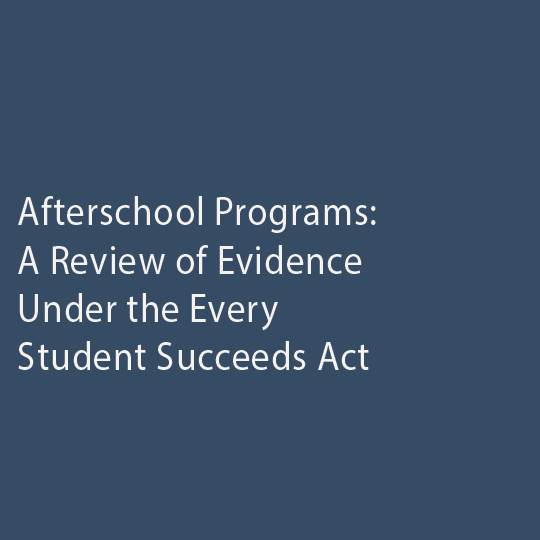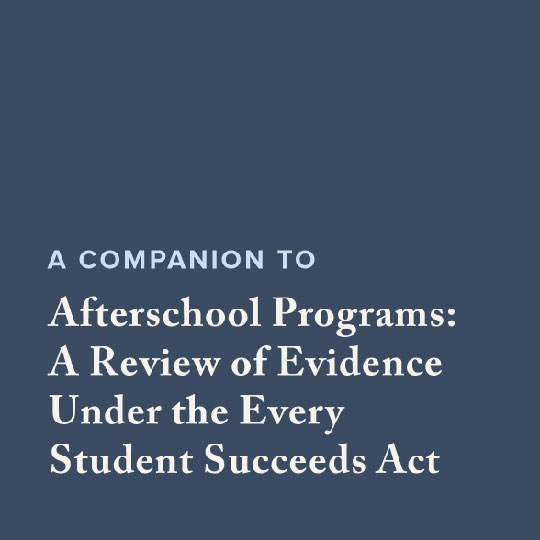A 2013 Wallace-commissioned report pointed to 10 principles that small, high-quality, arts-focused youth organizations appear to share. Four years later, RFA’s investigation into Wallace’s Youth Arts Initiative showed that the Boys & Girls Clubs of America (BGCA), a multi-faceted federation of more than 4,000 clubhouses around the country, could employ these principles to create quality arts programs of its own.
But what do these programs accomplish?
A fair amount, suggests our latest report, Designing for Engagement: The Experiences of Tweens in the Boys & Girls Clubs’ Youth Arts Initiative, the second of four implementation studies about BGCA’s efforts. These programs didn’t just engage and retain the tweens they targeted–they also helped clubs increase participation in other club activities.
Among the findings:
- Start with quality; publicity will follow. Elements of quality such as dedicated spaces, professional teaching artists, near-professional equipment and high-profile culminating events created buzz in the clubs. This buzz proved to be a bigger draw to the new programs than the posters and flyers advertising them.
- Buzz attracts, sparks retain. Researchers found that the new programs helped many students develop a “spark” or passion for the arts they studied. These sparks kept young people engaged; most students enrolled in intensive skill-development classes returned the following year.
- Both students and clubs benefit. In interviews and surveys, families reported that students had greater discipline, drive, confidence and social competence than they did before they enrolled in the new programs. At the same time, clubs report that the students participating in arts programs increased their overall club participation, while club participation actually declined for students who weren’t in the arts programs.
- But challenges remain. Clubs still have hurdles to overcome. Chief among them are complications that accompany the sizable influx of Wallace support necessary to set up the new programs, support that created some tension with other programs that operate with far fewer resources.










